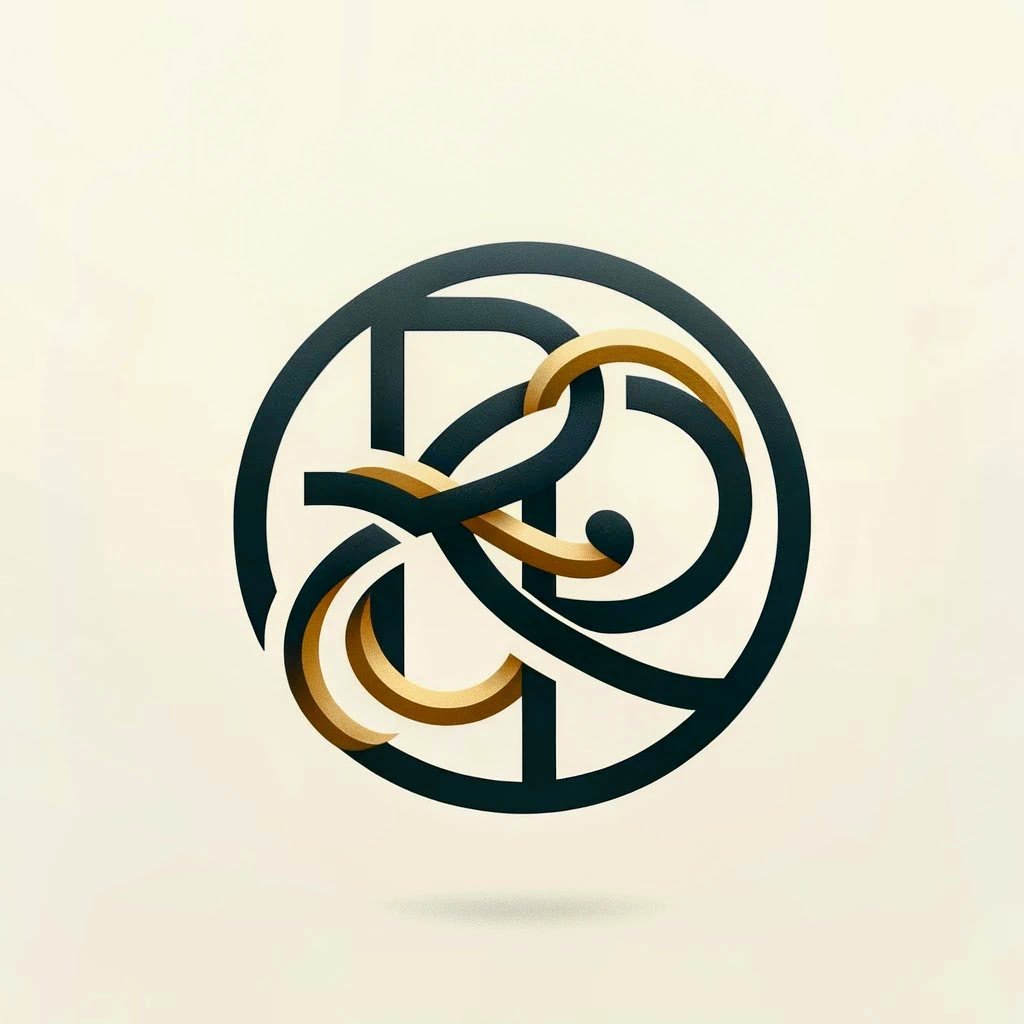The One Customer Product
One of the most common challenges for product builders to navigate is "The One Customer Product". This happens when we convince ourselves that a problem for us must be a problem for many. Many of the great products we use exist because someone was so frustrated with something that they decided to solve it for themselves. Soon after they realized a much larger audience could benefit from their solution and achieved great success. But that is not always the case. There are far more products that were built thinking it could benefit a large audience but really only met the needs of the builder. The challenge is in identifying what category your idea falls into.
Starting with "my problem" is a always a good starting point in the ideation phase. It provides an easy way to set a min bar and meet the needs of customer no.1. But that is not enough to start building a product. In large organizations, there are usually user researchers who can help validate the product hypothesis. Using well structured surveys and a good cohort of subjects, one can help identify if there is a real problem to be solved for a large audience. Prototyping and internal fishfooding can also help get quick feedback if there is an audience for the product.
User Research, atleast the kind practiced in large organizations is a luxury for small organizations or startups looking to build their first product. In such situations, it is still possible to get some early feedback on the product hypothesis. Some of the ways to do that include surveying friends and family, using internet research groups for directional feedback, building a prototype and gathering feedback from internet groups (sometimes in return for gift cards) etc.
Building products in vacuum with a single customer in mind will often result in failure. Even great products fail due to lack of PMF. It is critical to avoid falling into the trap of the "One Customer Product". It helps to know before you build. Any feedback is good feedback.
Some resources that can help:


